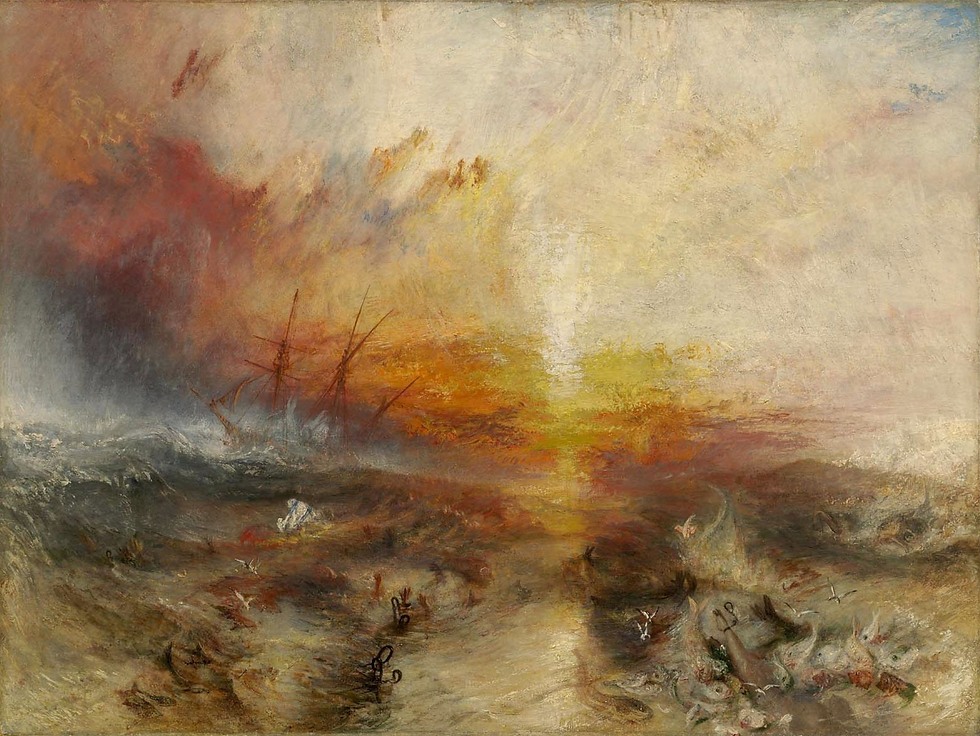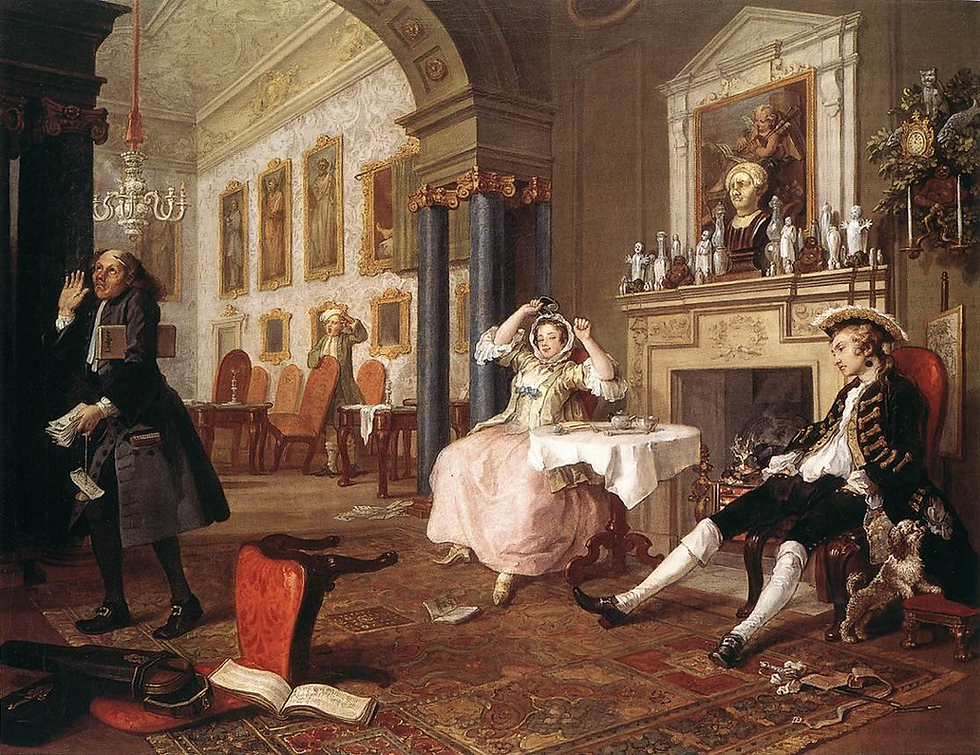Van Gogh Self-Portrait (1889)
- vivi2tang
- Dec 17, 2023
- 2 min read
Updated: Jun 1

Vincent Van-Gogh was a post-impressionist artist inspired by Dutch genre painting, realist paintings of Millet, and Japanese woodblock prints. He began creating art at the age of twenty-seven and continued on until the age of thirty-seven. Although he did not paint for a while, he was able to create over three-hundred pieces. He is known for his art’s connection to his mental disorders. In fact, he cut off his ear in 1888 because of what historians believe to have been due to a fight with another painter, Paul Gaugin, at the Yellow House in Arles. Later, Van Gogh packaged his ear to give to a woman at a nearby brothel. In the end, Van-Gogh unfortuntely ended up committing suicide due to the high standards he set for himself and the uncertainty of his future.
An example of a piece that had a connection to his mental state is his Van-Gogh Self-Portrait (1889), which depicts himself as a nineteen-year-old with an intense gaze. His expression is used to show how worn out he feels mentally and physically. The chaos throughout the piece reflects his mental state at the time. The flow of the background is similar to the one from The Starry Night, another one of his pieces that was created during his time at the mental institute.
One popular interpretation of the piece was that it depicted a stranger who is mentally ill, rather than Van-Gogh himself. This idea is supported by a letter that he sent to his brother, Theo, which Van-Gogh said that the painting was “an attempt from when he was ill” and that he had a recent “psychotic episode,” which lasted six weeks. Although the character in the piece seems like Van-Gogh, the person is shown using much more muted colors and looks unfinished.
Another well-known interpretation is that the work was meant to show the process of recovery, as Van-Gogh was going through it himself. The man’s eyes are directed at the viewer to describe his physical and mental instabilities. His eyes almost seem as if they are asking for help, which shows Van-Gogh’s desperation.
People often describe art as just decorations meant to look pleasing, however, Van-Gogh’s art reflects how it can represent the creator’s true feelings.




Comments